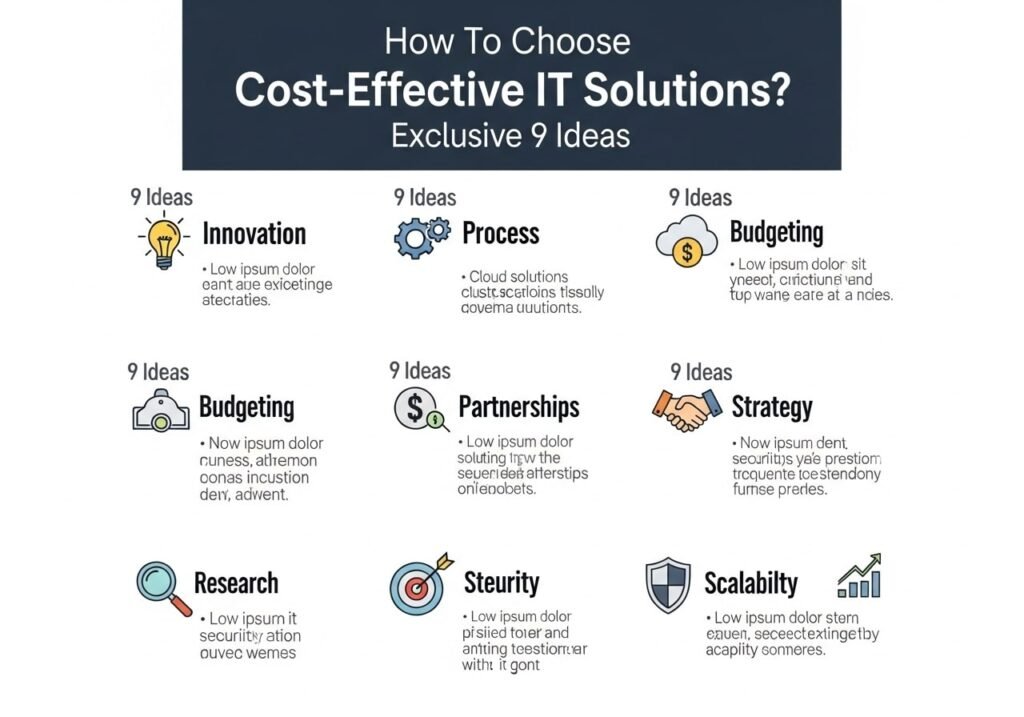Targeted SEO Services Limited Rank Google Maps for Local Businesses
Local businesses struggling to show up when customers search nearby know the frustration of being invisible on Google Maps. Targeted SEO Services Limited helps brick-and-mortar companies rank Google Maps listings higher, driving more foot traffic and phone calls from local searchers actively looking for their services. This guide is designed for small business owners, marketing […]
Targeted SEO Services Limited Rank Google Maps for Local Businesses Read More »










